“Whoever wants to, come and see / But only one at a time / We don’t want our alligators tripping over you”. The song “Belém-Pará-Brazil”, composed in 1992 by band Mosaico de Ravena [Mosaic of Ravena] from Pará, jokes about one of the stereotypes about the Amazon: that alligators would walk freely through the city streets. The whole song is a protest against the ignorance and devaluation of the region by the rest of the country, as well as against the historical imaginaries constructed about it, such as the “green hell”.
Research led by FutureBrand São Paulo, commissioned by the Associação dos Negócios de Sociobioeconomia da Amazônia (Assobio) [Amazon Sociobioeconomy Business Association], reveals that distance and distorted views about the region still persist today. The study, titled “What Brazil thinks about the Amazon”, was carried out between June and August of this year, analyzing online posts and promoting discussion groups in different regions of the country. Among the main findings, 65% of the population say they do not know the region, either because they have never visited it or because they only follow news when it gains attention in the media.
The result is that Brazilians have an idealized, distorted or fatalistic vision of the region. Only 35% said that the Amazon hosts large urbanized cities. It is seen as a territory associated with mysticism and folklore, frozen in time and distant from national daily life. For many, the view is negative: 56% immediately associate it with illegal deforestation.
On the other hand, there are those who highlight the importance of the largest tropical forest in the world, seen as a protective mother and life giver, guardian of ancestral wisdom and symbol of strength and resilience. For 64% of the interviewees, the Amazon is associated with the wealth of biodiversity and 59% say it is a source of national pride. Meanwhile, 40% highlight the idea of sustainability: that the forest should remain standing, generating wealth.
Research was launched in September by Assobio, during Climate Week in New York. The study was meant to understand Brazil’s view of the Amazon and address the structural ignorance about the region in order to generate new narratives that strengthen the local sociobioeconomy.
“Two thirds think there are no cities in the Amazon”
Assobio is an institution that gathers 130 small and medium-sized sociobioeconomy businesses across almost all states in the Legal Amazon. According to the president of the organization, Paulo Reis, it is a challenge to explain to the rest of the country the importance of sustainable production activities in the Amazon.
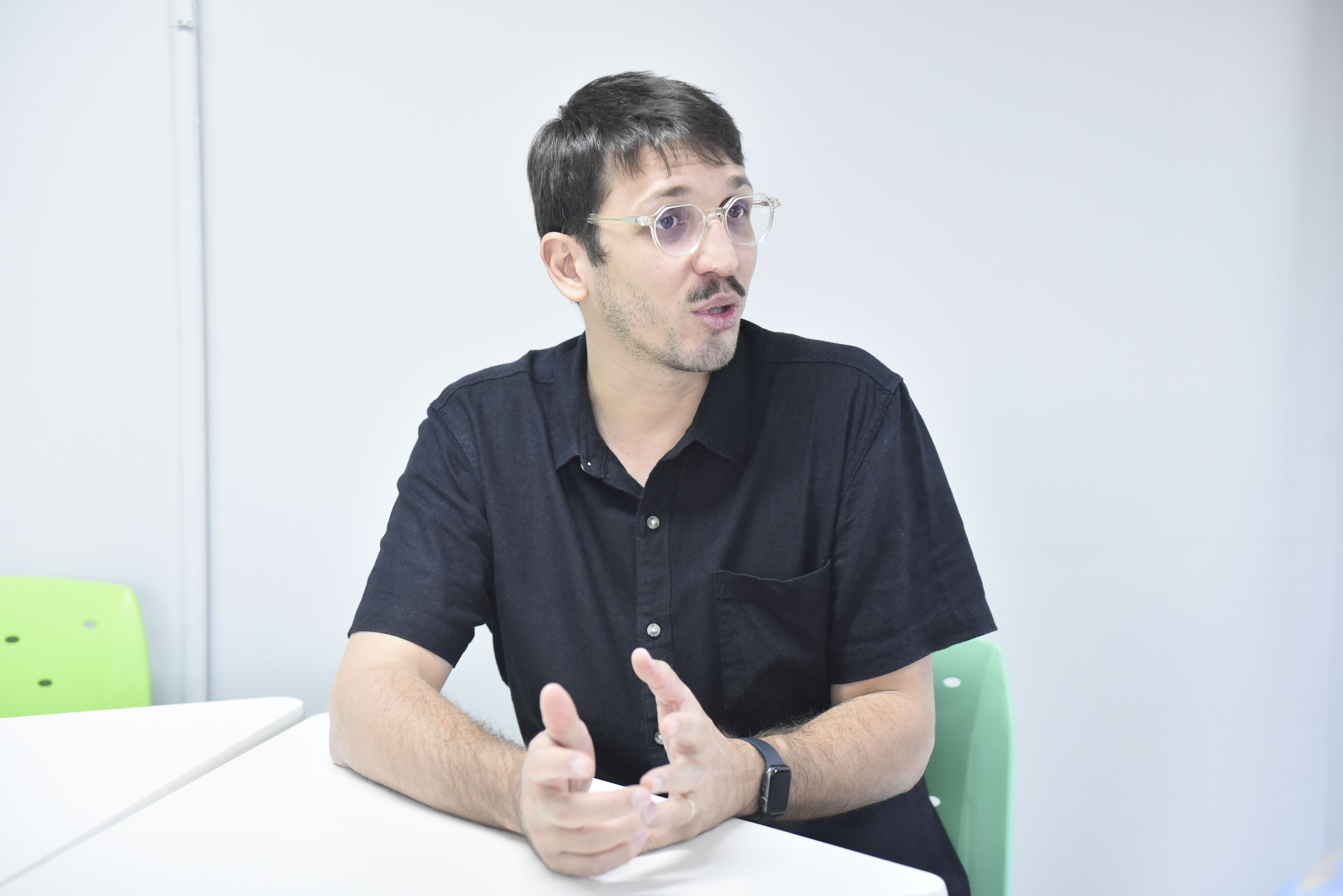
“Brazilians, in general, are still very distant and lack knowledge about the Amazon, and even more about bioeconomy. So, we have a great ambition to start communicating to Brazilians the importance not only of bioeconomy, but also of supporting an economy in the Amazon. And we understood that the first step was to do research to show what our starting point is”, he explains. For Reis, some of the results drew a lot of attention.
“Something that really impressed us was that more than two thirds of people think there are no cities in the Amazon. This is serious, because we have 30 million inhabitants in the region, of which about 25 million live in cities. This is a stereotyped view. Another point is that most people get information about the Amazon only when there are bad scenarios and situations, such as the wildfire cases or land conflicts. All the positive things that are happening or have always happened in the region do not reach the average Brazilian. Only the bad news does”, he reports.
According to the president of Assobio, the image of a place takes a long time to be built or undone. “This image of the Amazon has been built over centuries. It will take time to be undone. For that, we need to invest heavily in communication”, he says.
Researcher sees coexistence between the traditional and the new
According to Professor Hervé Rogez, director of the “UFPA Bioeconomy” unit at the Federal University of Pará, an imaginary of the region that is far from reality still persists. “I witnessed that myself. I went on a field visit with people from the Ministries and saw that they were astonished to see the local reality, which was totally different from what they had imagined. This is classic. The [FutureBrand’s] Research shows that two thirds of the participants don’t know the Amazon and that happens with researchers themselves. There are many people studying the Amazon, getting projects approved, but they don’t come to the region, don’t know it, don’t go into the field”, he criticizes.
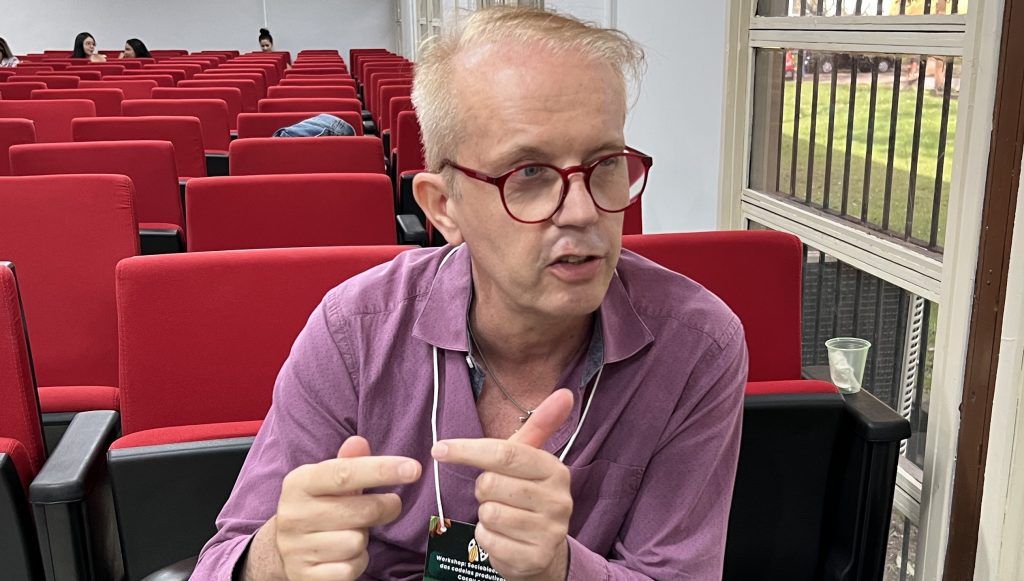
Estela Brunhara, director of Consumer Behavior at FutureBrand São Paulo and responsible for the research, has a more optimistic view. “In fact, many of the traditional images of the Amazon still persist. Expressions like ‘lung of the world’ remain strongly associated with the forest, as well as narratives that combine mysticism, natural wealth and environmental threats. However, the research shows that these representations are beginning to be challenged and enriched by new images that take into account the role of communities, urbanization, and sustainable innovation. There is still no complete overcoming of the old stereotypes, but rather a coexistence between the traditional and the new, which opens space to new understandings”, she says.
Mábia Martins, from the Fishermen’s Village in Bragança, Pará, is part of a community-based tourism initiative and is in constant contact with people from other states. She confirms that many of the tourists she receives still have distorted perceptions about the region. “They bring a mischaracterized view of the Amazon, seeing it as a completely exotic and untouched environment. Through the immersion experience we offer in the community, they realize that it is possible to enjoy this nature, enjoy many experiences and live in harmony with it”, she says.
Results were structured around five axes
Paulo Reis explains that the research was divided into stages. “First, we address a general perception Brazilians have of the region. Following, a perception of consuming and bioeconomy”, he says.
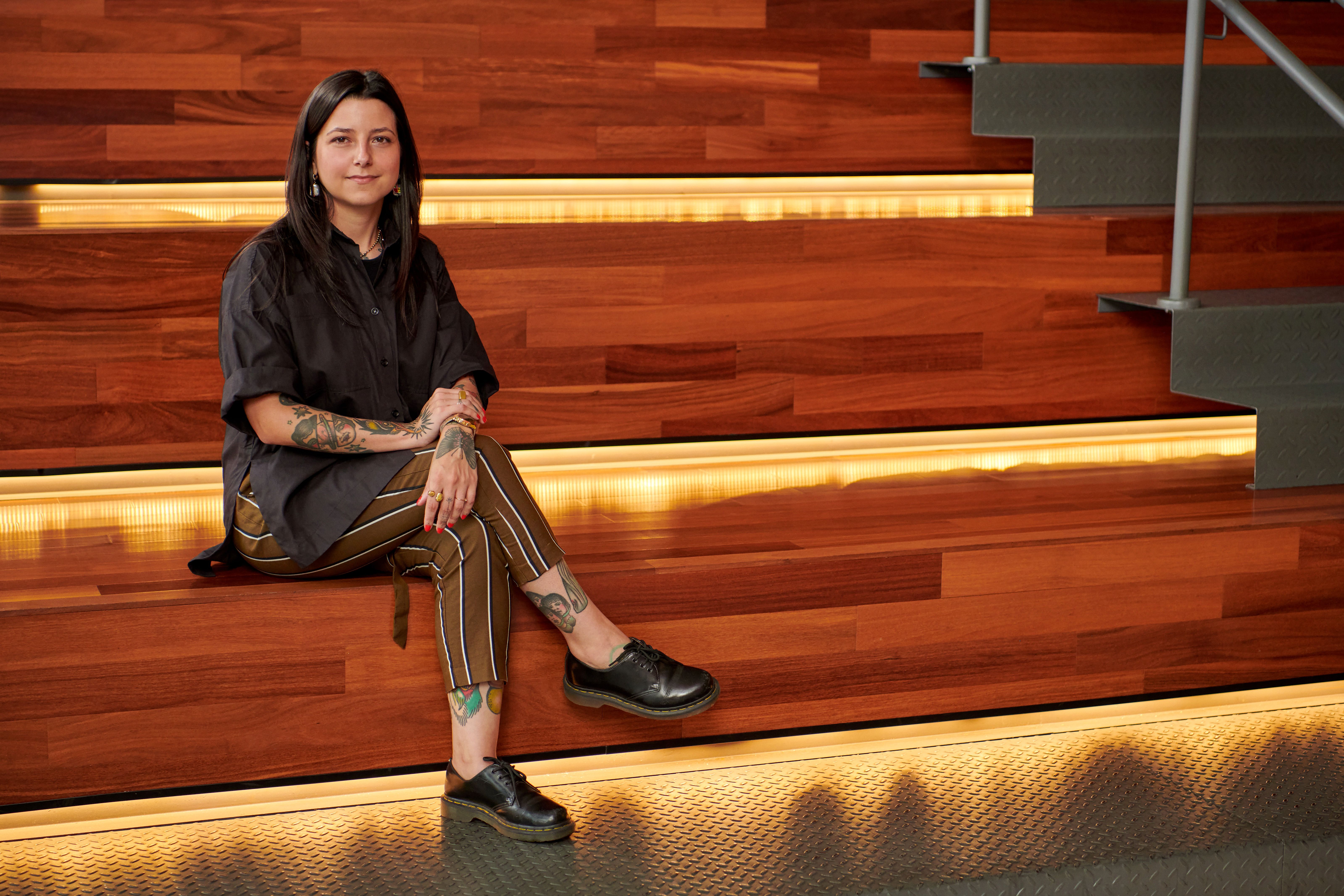
Estela Brunhara says that the research findings were structured into five axes that reveal different perspectives. “The first axe concerns the population’s estrangement from the Amazon. The second axe brings up an image still marked by myths and crises. The third highlights the ambivalence of sustainable consumption, which is very present in discourse, but secondary in practice when regarding issues such as price and convenience. The fourth axe points out that the concept of bioeconomy is still little known. Finally, the fifth axe shows that the consumption of the Amazonian products, although limited by price and access barriers, has great growth potential”, she details.
According to the research, 42% interviewees are interested in consuming Amazonian bioeconomy products, but 54% say they cannot find them where they live. Furthermore, although 86% agree that choosing sustainable products helps preserve the environment, in practice, criteria such as price, quality and convenience are more relevant in purchase decisions.
Green Businesses
According to Paulo Reis, in the face of current climate challenges, sociobioeconomy is essential. “Businesses in this field support not only the preservation of the Amazon rainforest, but also the maintenance of the traditional way of life. This green economy has the potential to change our quality of life in a region with such poor Human Development indicators. It is an opportunity to improve the quality of our jobs and our income”, he emphasizes.
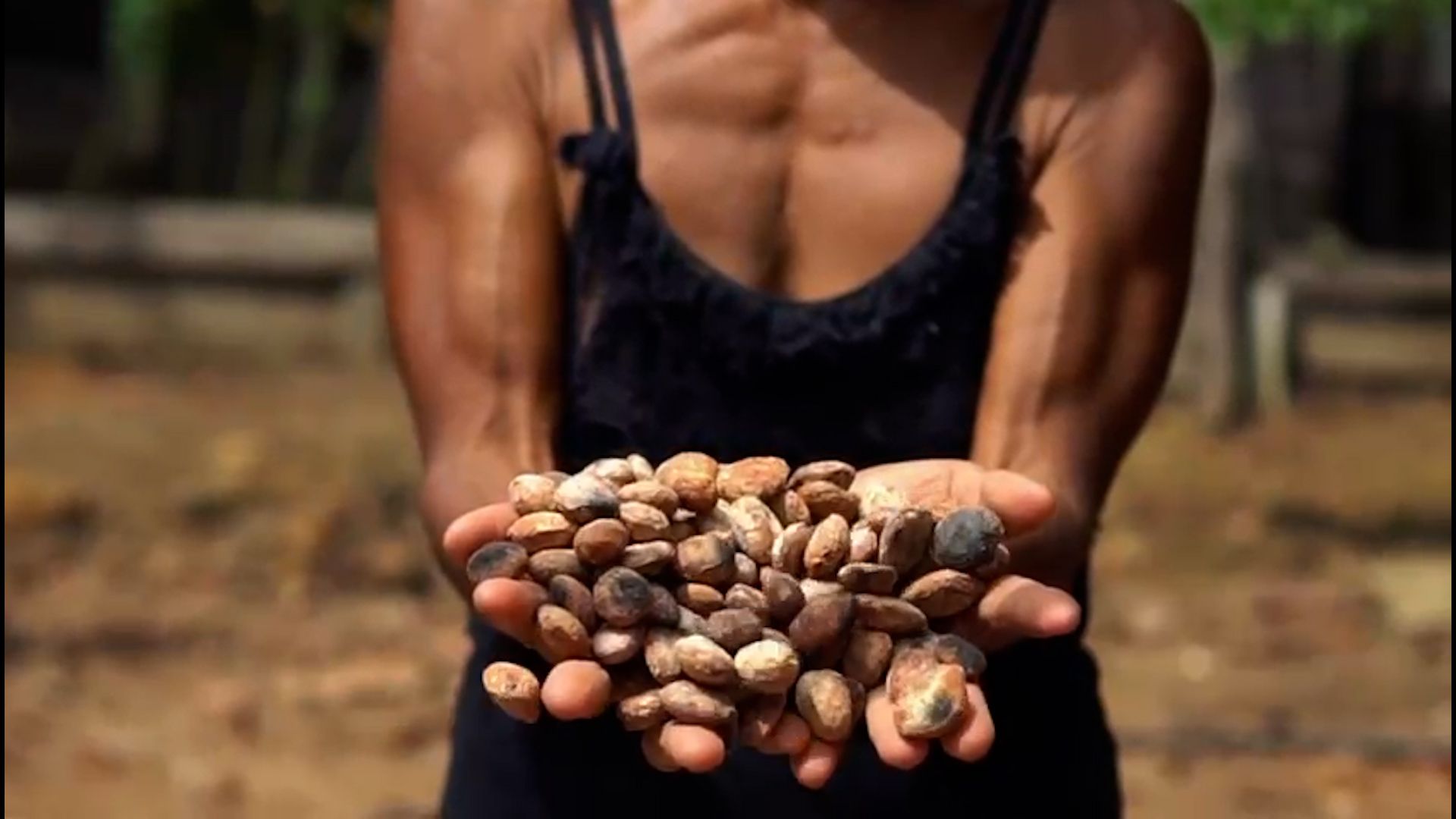
Reis details that today there are about 900 businesses in the Amazon focused on the bioeconomy. Only the 130 associated with Assobio impact around 60 thousand people, including communities that supply of raw material for the companies. “More than 50 thousand hectares are reached through our value chains, and R$ 50 million in purchase have already been made with these traditional communities, family farmers, and producers of goods derived from the Amazon biome, often under agroforestry systems”, he says.
Professor Hervé Rogez explains that sociobioeconomy already generates about R$ 10 billion of annual revenue. “Of this amount, R$ 6 billion are in five value chains: first, açaí; second, cocoa; and third, Brazil nuts. Then, come banana and cassava. We have many solutions in the Amazon to produce good, healthy, affordable and sustainable food, not only for the rest of Brazil but also for the whole world”, he defends.
“More specifically, I refer to fruit trees cultivated in agroforestry systems, involving the labor of family farmers. Why do we have so much cattle and soy in the region if one hectare of açaí intercropped, for example, with cocoa yields double or triple the annual revenue compared to soy?” Rogez asks.
Knowledge changes paradigms
For Rogez, better knowledge about the region, as proposed by Assobio, can greatly help change paradigms about the Amazon. “But I emphasize that this knowledge must also come from Amazonians themselves. We still have greater knowledge about places outside the Amazon than about ourselves”, he reflects.
Estela Brunhara believes that the research results indicate it is essential to create narratives that bring the Amazon closer to the Brazilians’ daily lives, translating the bioeconomy into messages and products with tangible benefits. “It is necessary to strengthen the perception of the forest not only as a natural heritage, but also as an engine of sustainable development”, she points out.
Paulo Reis believes in the power of information. “Almost 80% of research participants said they are interested in consuming sociobioeconomy products. This shows that knowledge can be transformative, not only for the consumption of bioeconomy products, but also for the Amazon’s economy as a whole”, he says.
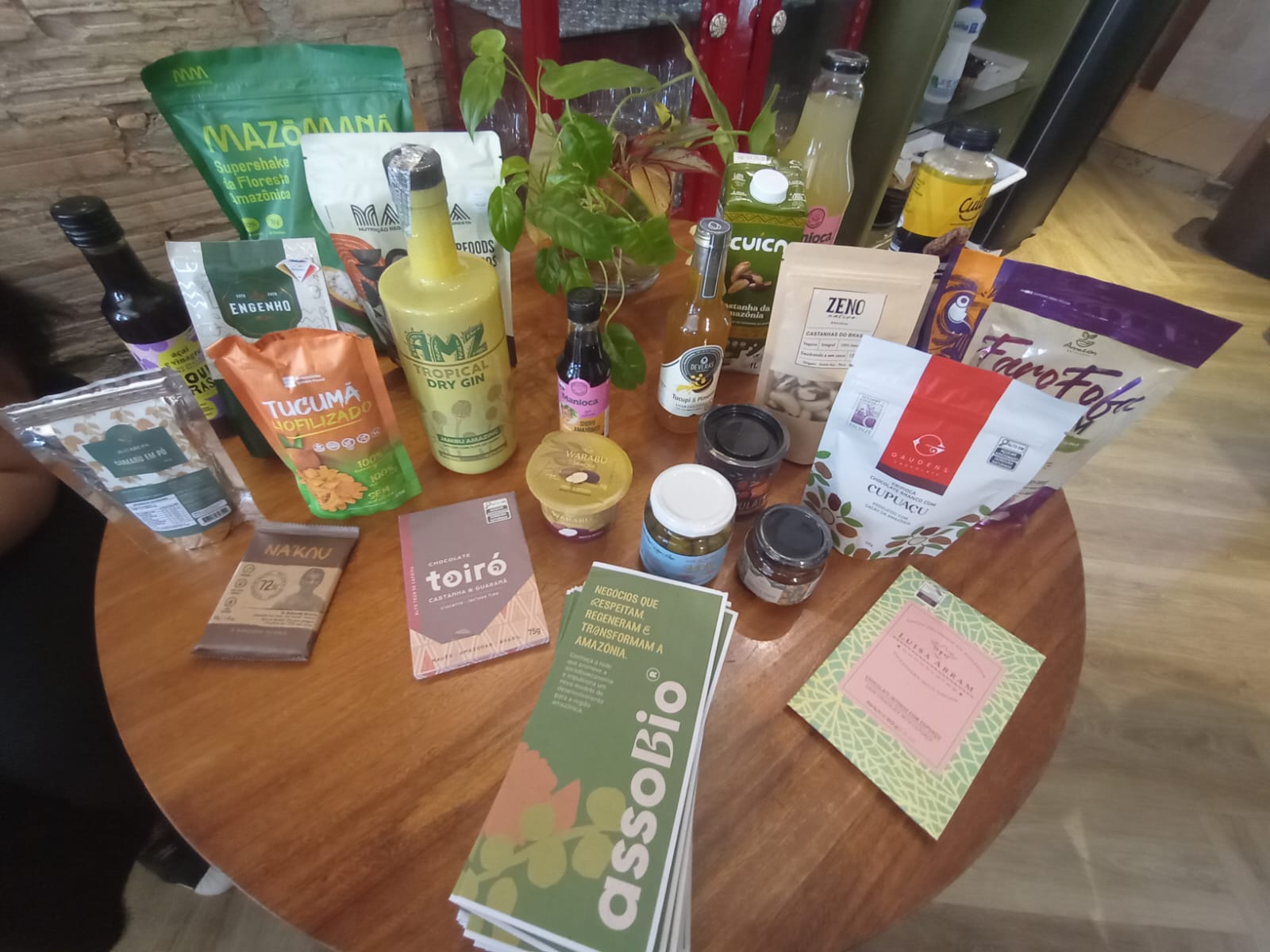
AGENDA
With the available data, Assobio plans to work in two ways. “We will have an internal and external agendas. Internally, we will do our homework. We, as members, need to learn to communicate our product without relying solely on the sustainability discourse, which is important, but not a priority for consumption. Externally, we will start mobilizing funders for communication campaigns about the positive side of the Amazon”, he says.
“I think we need to tell a different story about the Amazon: how important this region is for the country’s navigation; for the discovery, use and development of medicines; for energy production; for culture and gastronomy; and for national sovereignty. We need to represent the region as essential not only for the present but also for the future of Brazil”, Reis says.
INSTITUTIONAL PARTNERSHIP
The production of Liberal Amazon is one of the initiatives of the Technical Cooperation Agreement between the Liberal Group and the Federal University of Pará. The articles involving research from UFPA are revised by professionals from the academy. The translation of the content is also provided by the agreement, through the research project ET-Multi: Translation Studies: multifaces and multisemiotics.